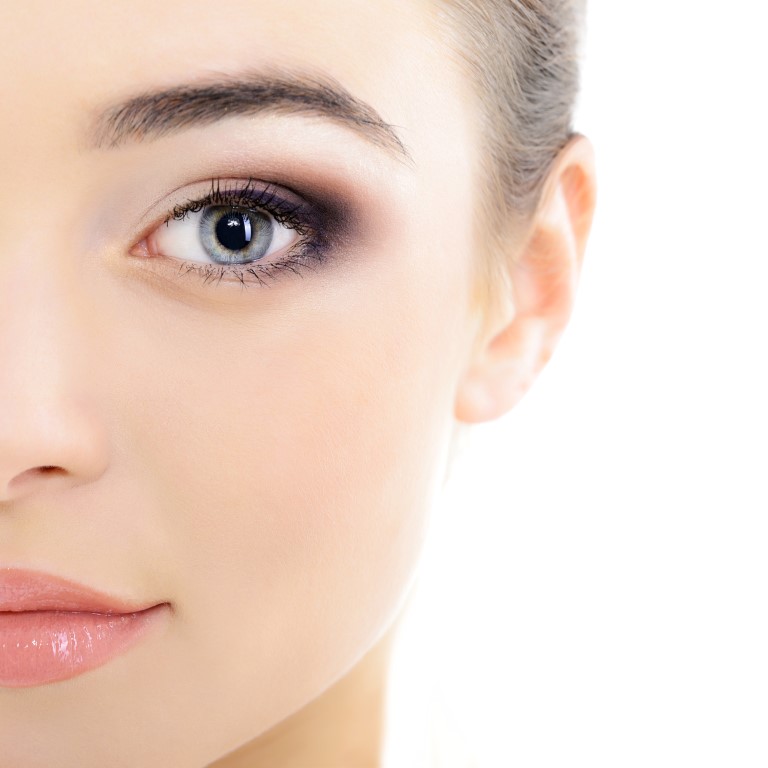Rosacea is a long term skin condition characterized by facial redness, small and superfacial dilated blood vessels on facial skin, papules, pustules, and swelling. Rosacea typically begins as redness on the central face across the cheeks, nose, or forehead, but can also less commonly affect the neck, chest, ears, and scalp.
Triggers that cause episodes of flushing and blushing play a part in its development. Exposure to temperature extremes, strenuous exercise, heat from sunlight, severe sunburn stress, anxiety, cold wind, and moving to a warm or hot environment from a cold one, such as heated shops and offices during the winter, can each cause the face to become flushed. Medications and topical irritants have also been known to trigger rosacea flares. Some acne and wrinkle treatments reported to cause rosacea include microdermabrasion and chemical peels, as well as high dosages of bemzoyl peroxide and tretinoin.
symptoms of rosacea
- Skin that flushes or blushes easily
- Persistent facial redness
- Tiny, visible blood vessels called telangiectasias (commonly called “spider veins”)
- Overly sensitive skin that stings from certain skin care and beauty products
- Red bumps and pimples filled with pus
treatment of rosacea
There are a number of things you can do yourself to help keep the symptoms of rosacea under control, including:
- avoiding things that trigger your symptoms – for example, by using sun cream and covering yourself up if direct sunlight makes your symptoms worse
- taking good care of your skin – for example, by using products suitable for sensitive skin
- using make-up – patches of persistent red skin can be disguised using specially designed camouflage make-up
- keeping your eyelids clean – if rosacea is causing your eyelids to become inflamed.
If you have round red bumps that rise from your skin (papules) and pus-filled swellings (pustules) caused by rosacea, there are a number of different medications that can be effective like metronidazole cream or gel, azalaic acid cream or gel.




